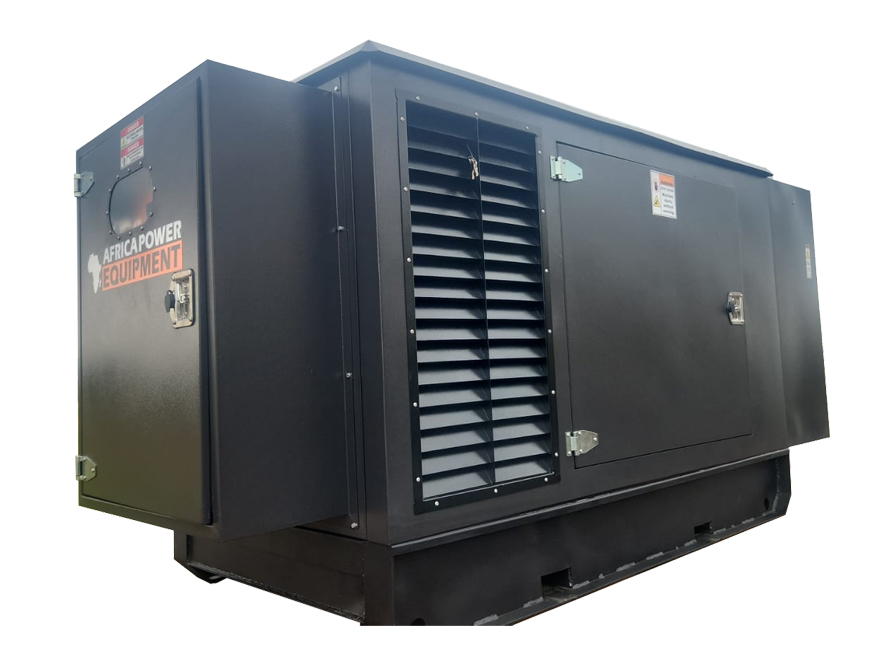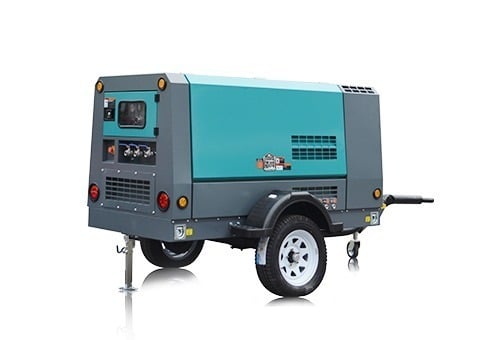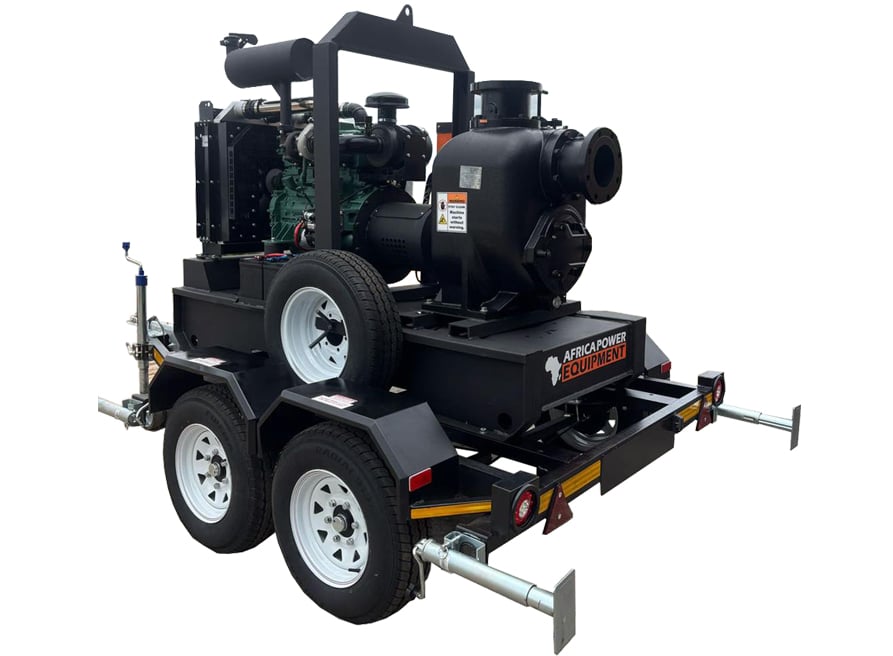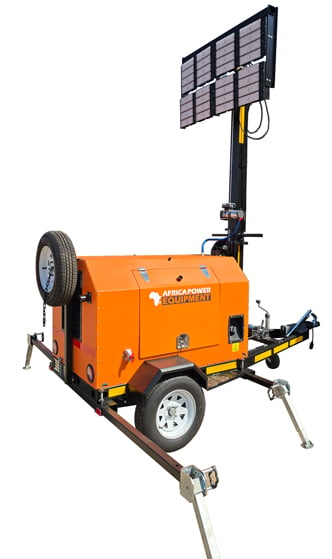How to Safely Transport and Deploy Lighting Towers on Site
Lighting towers are essential for ensuring visibility and safety on construction sites, roadworks, mining operations, and event venues — especially after dark. But incorrect transportation and deployment can lead to equipment damage, injuries, or even project delays.
This article breaks down step-by-step guidelines for safely transporting, positioning, and deploying lighting towers, whether diesel, hybrid, or solar-powered.
✅ Quick Answer
To transport and deploy a lighting tower safely, ensure it’s properly secured for transit, use rated towing equipment, follow manufacturer setup procedures, level the tower on stable ground, and extend stabilizers fully before mast elevation. Always wear PPE and perform a site risk assessment beforehand.
🚚 1. Transport Safety: Before You Hit the Road
Key checklist before moving a tower:
-
✅ Retract mast completely and lock it
-
✅ Turn off power supply (solar/diesel)
-
✅ Secure loose components (cables, doors, outriggers)
-
✅ Inspect trailer hitch and tyres
-
✅ Ensure roadworthy status (lights, brakes, reflectors)
Most lighting towers come trailer-mounted, and require:
-
1-ton towing capacity or higher
-
7-pin trailer plug connection
-
Valid driver’s license and tow permit for public road use
Tip: If you’re moving a unit over rough terrain, deflate tyres slightly to improve traction and stability.
📍 2. Safe Site Positioning
When arriving on-site:
-
Choose a level, compacted surface
-
Avoid placing near slopes, trenches, or water runoff
-
Ensure clearance from overhead wires or trees
🚫 Never deploy on loose gravel, sand, or muddy ground without stabilizers.
⚙️ 3. Deploying the Tower
Here’s a general process to follow:
Step 1: Engage Stabilizers or Outriggers
-
Extend outriggers on all four sides
-
Use spirit levels to ensure stability
-
Place baseplates on wooden planks or steel pads if on soft ground
Step 2: Power Check
-
Solar units: Confirm battery charge level
-
Diesel units: Check fuel, oil, and coolant levels
-
Confirm lamp condition and wiring integrity
Step 3: Raise the Mast
-
Unlock the mast locking pin
-
Use manual crank or hydraulic controls
-
Raise slowly, ensuring no wires or branches obstruct the lift
-
Stop immediately if you hear grinding or see unbalanced movement
Step 4: Adjust Lighting Angles
-
Direct lights away from roads or residential areas
-
Tilt LED or halide lamps for maximum area coverage
🧯 4. Safety Precautions While Operating
-
Always wear PPE (gloves, hard hat, boots, safety glasses)
-
Stay clear of mast during elevation or lowering
-
Keep fuel sources away from hot engine surfaces
-
Never allow unauthorized personnel to adjust equipment
-
In high-wind conditions, lower the mast immediately
💡 Bonus Tip: Install wheel chocks if on sloped ground to prevent rolling.
🛠 5. After Use – Shutdown and Pack Down
-
Turn off lights and power system
-
Allow cool-down before touching engine (diesel units)
-
Lower mast slowly and lock in place
-
Retract outriggers and secure
-
Double-check tie-downs and transport latches before towing away
🔗 Internal Linking Opportunities
🧠 Final Thoughts
Safe transportation and deployment of lighting towers ensure:
-
✅ Operator safety
-
✅ Longer equipment life
-
✅ Maximum lighting performance
-
✅ Compliance with worksite safety regulations
By following proper procedures and manufacturer guidelines, you reduce the risk of accidents and increase the return on your lighting equipment investment.
Need robust, mobile lighting for your site? Explore our diesel, solar, and hybrid lighting towers at PowerEquipment.co.za, and let our team help with site-specific advice and safe deployment training.





